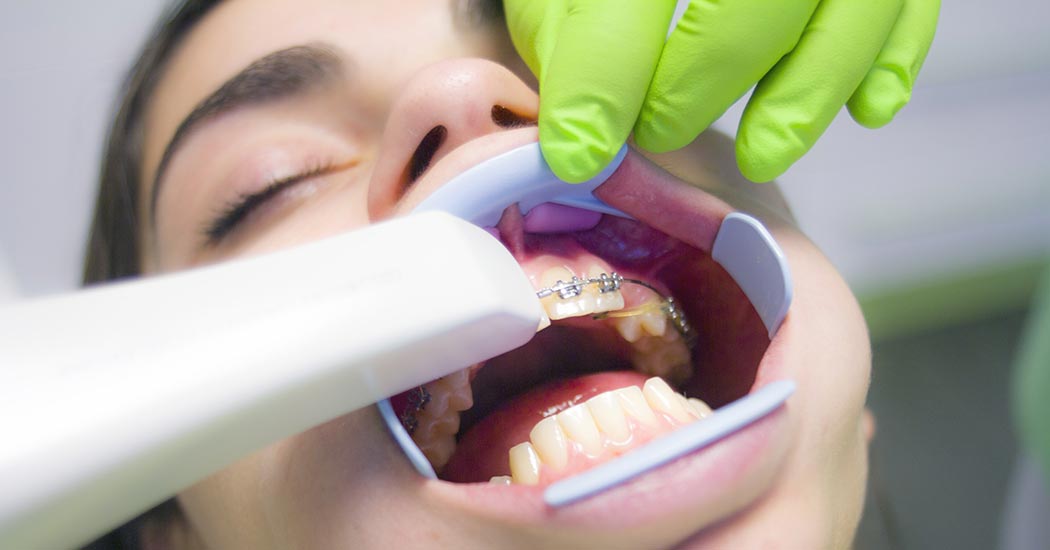Orthodontics
- Home
- Orthodontics



The Canadian Association of Orthodontics and the American Association of Orthodontists both recommend that children be evaluated for orthodontic treatment by age seven, and to consider interceptive orthodontic treatment if necessary.
This approach uses phased treatments to manipulate growth and correct developmental occlusion problems for a healthier, more attractive smile.
Interceptive orthodontic treatment, sometimes referred to as Phase-One or Early Treatment, usually begins when a child is around eight or nine years old. Phase Two usually starts when they are 11 or older.
This type of treatment focuses on addressing jaw growth and certain bite problems, such as underbite. It also helps to make sure that permanent teeth can come in properly and reduces the likelihood of needing extractions in the future.

Interceptive orthodontics refers to techniques used to address the alignment of teeth and jaws before any significant growth and development have occurred. Some types of interceptive orthodontics include:
• Expansion: The use of an appliance to widen the upper jaw to make extra room for crowded teeth.
• Space Maintainers: The use of an appliance to hold a space open for a missing baby tooth or to prevent the movement of nearby teeth until a permanent tooth emerges.
• Serial Extraction: The removal of baby teeth in a predetermined sequence to make room for permanent teeth to emerge.
• Functional Appliances: The use of an appliance to help guide the growth of the jaws and teeth in order to help create a better bite. Interceptive orthodontics can be used to correct many issues related to the alignment of teeth and jaws before they worsen.
Types of interceptive orthodontic treatments include expansion, space maintainers, serial extraction, and functional appliances.
Expansion involves widening the upper jaw with an appliance to make more room for crowded teeth. Space maintainers are used to hold a space open for a missing baby tooth or to prevent the movement of nearby teeth until a permanent tooth emerges.
By the age of 13, most kids have lost all of their baby teeth. The jaw bones will solidify and cease developing by the time a person reaches their adolescence.
Adult orthodontic procedures sometimes need more time and may involve oral surgery or tooth extraction. Early orthodontic therapy can reduce the need for adult orthodontics and minimise or eliminate the need for extractions and subsequent surgery.
Please make an appointment if your child is between the ages of seven and eight and has a need for orthodontic treatment or if your general dentist has advised you to do so.